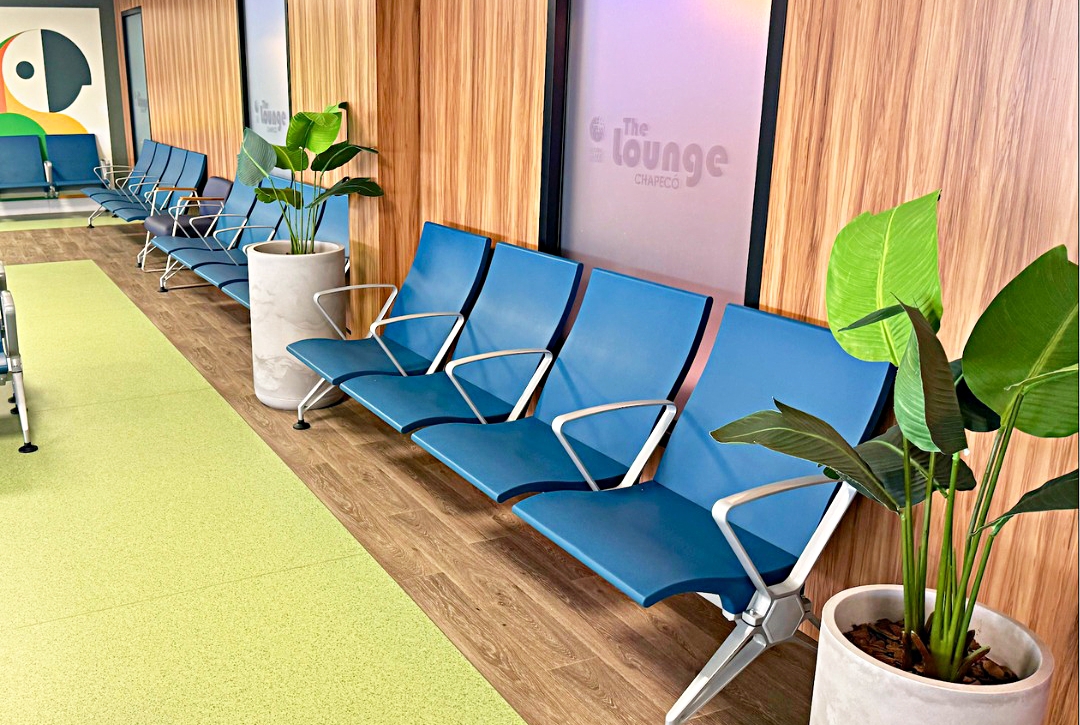1. Humanized design: from "making do" to "exquisite"
The core advantage of intelligent three-seater waiting seats lies in accurately matching passenger needs. Taking Shenzhen Bao'an Airport as an example, the new seats adopt an ergonomic micro-tilt design to avoid physical contact between passengers; each seat is independently equipped with a USB + wireless charging module, and an embedded smart screen displays flight information, so passengers do not need to look up frequently to check the large screen. Surveys show that this type of design has increased passenger satisfaction by 34%, especially favored by business travelers and family travelers.
2. Energy closed loop: "micro power station" in the waiting area
Top design has turned three-seater waiting seats into energy nodes. In the pilot project at Amsterdam Schiphol Airport in the Netherlands, the seat surface is covered with flexible solar film, and the armrest energy generator can convert passengers' slight movements into electricity, with an average daily power generation sufficient to fully charge 20 mobile phones. More cutting-edge solutions even explore the use of human body heat to adjust seat temperature and reduce air conditioning dependence.

3. Advertising revenue: turning seats into "golden advertising space"
The embedded screen of the intelligent three-seater waiting seat is not only a service interface, but also a high-value traffic entrance. By analyzing the waiting time of passengers and the location of the boarding gate, the system can push precise advertisements such as catering discounts and duty-free shop discounts. The financial report of an international airport disclosed that the rental rate of its intelligent three-person seat advertising space reached 92%, with an annual revenue of more than 12 million yuan, far exceeding traditional light box advertisements.
4. Operation and maintenance costs: from "human sea tactics" to "AI early warning"
The damage detection of ordinary three-seater waiting seat relies on manual inspections, which is inefficient and delayed. The intelligent version predicts faults through vibration sensors + image recognition-when the screws are loose or the leather is damaged to a critical value, the system automatically generates a work order. According to statistics from Guangzhou Baiyun Airport in China, this technology has increased the maintenance response speed by 3 times, saving more than 2 million yuan in labor costs annually.
In general, with the increasingly fierce competition in airports today, a seat is no longer just a place for passengers to rest temporarily, but also an extension of smart services and city image. Choosing the smart three-seater waiting seat is not only a reflection of technological service, but also a symbol of the evolution of the airport brand.